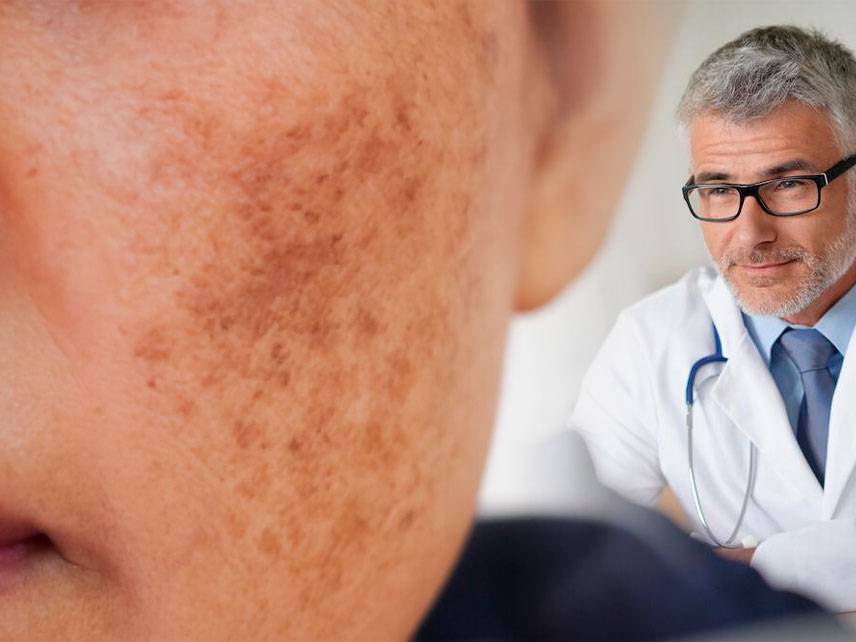Melasma is a common skin condition characterized by dark, discolored patches on the face. It is usually seen on the cheeks, nose, forehead, and upper lip. Melasma can be caused by a variety of factors, including hormones, sun exposure, and genetics. While the condition is not harmful to one’s health, it can be embarrassing and cause a person to feel self-conscious, making it important to learn how to remove melasma from the face.
Signs and Symptoms
The most common symptom of melasma is discoloration of the skin, often appearing as dark patches on the face. These patches can vary in color from light brown to gray-brown, and may be symmetrical. The patches may also appear on the forehead, upper lip, nose, and cheeks.
Causes
The exact cause of melasma is unknown, but it is believed to be caused by a combination of environmental and hormonal factors. Sun exposure is a known trigger, as UV rays can cause the production of melanin, the pigment responsible for skin color. Hormonal changes, such as those experienced during pregnancy, can also cause melasma. Additionally, genetics may play a role in the development of the condition.
Risk Factors
People of all ages, genders, and skin tones can develop melasma.
However, certain factors can increase one’s risk of developing the condition, such as:
-
Living in a sunny climate
-
Taking certain medications, such as birth control pills
-
Having a family history of melasma
-
Having certain skin conditions, such as eczema
Prevention
The best way to prevent melasma is to limit sun exposure. This includes wearing sunscreen every day, even when it is cloudy or cold. Additionally, wearing protective clothing, such as hats and long-sleeved shirts, can help protect the skin from UV rays.
Diagnosis
Your doctor will be able to diagnose melasma by examining your skin and asking about your medical history. They may also use a special light to look for changes in skin color.
Treatment
There is no cure for melasma, but there are treatments that can help improve the appearance of discolored patches. Topical creams that contain hydroquinone, tretinoin, and corticosteroids may be prescribed to lighten the patches. Chemical peels and laser treatments may also be used to reduce the appearance of melasma.
Coping and Support
Living with melasma can be emotionally challenging. It is important to remember that the condition is not contagious and does not harm your health. There are also many ways to cope with the condition, such as using makeup to cover up discolored patches and talking to a therapist to help manage any negative feelings.
Complications
In rare cases, melasma can lead to permanent discoloration of the skin. This can be avoided by following a regular skin care routine and avoiding sun exposure.
Living with Melasma
Living with melasma can be difficult, but there are ways to manage the condition. It is important to protect the skin from sun exposure, use topical creams as prescribed, and talk to a doctor about any concerns. With the right care, it is possible to reduce the appearance of melasma.
Learning how to remove melasma from the face can be a challenge, but it is possible. Following a regular skincare routine, avoiding sun exposure, and talking to a doctor about treatment options can help reduce the appearance of melasma. With the right care, it is possible to manage the condition.





